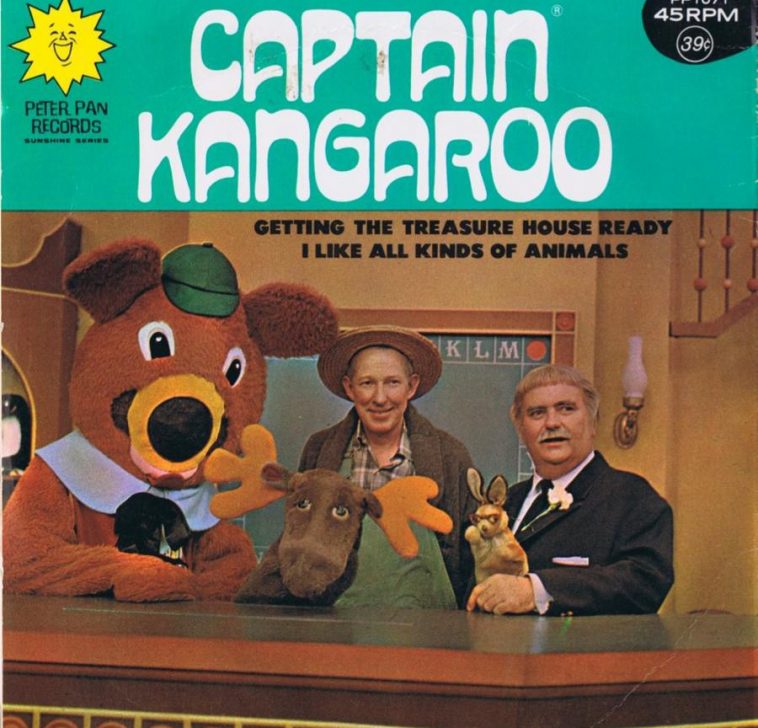

Part of the appeal of the show came from the rotating cast of characters. The original Captain Kangaroo theme, “Puffin Billy,” by Edward White.
CAPTAIN KANGAROO SERIES
Perhaps remarkably, he was still winning Emmys for Outstanding Performer in Children’s Programming and Outstanding Children’s Entertainment Series into the 1980s. Keeshan made over 9,000 episodic appearances as the Captain. Nevertheless, it was extremely popular throughout its nearly 30-year run. It would go through various iterations over time, including a switch from a one-hour to half-hour format in 1981, followed by a move to weekends in 1982. The show debuted as a weekday morning program on October 3, 1955. Keeshan cut a distinctive figure with his blonde hair, mustache, and bright coat (originally blue, but red from onward). The captain inhabited the Treasure House, later simply called The Captain’s Place, which was the base for a rotating series of characters, puppets, cartoons, and guests. The character drew his name from the extremely large pockets, reminiscent of a kangaroo’s pouch, on his naval-style coat. While working on other programs, Keeshan and his friend Jack Miller pitched a show and character called Captain Kangaroo to CBS. Clarabell only communicated by honking horns (once for yes, twice for no), but nevertheless became hugely popular. He played the original Clarabell the Clown on the wildly successful Howdy Doody show on NBC, debuting as the character in 1948. Keeshan was born in 1927 and made his first TV breakthrough in a sort of famous anonymity. Bob Keeshan, better known as Captain Kangaroo, would blaze an Emmy-winning television trail that influenced generations of viewers. He reached the summit of children’s programming, and today, his picture is buried on Mount Everest. Good Morning, Captain Kangaroo! And Happy Birthday (CBS Television Promotional photo, 1977)


 0 kommentar(er)
0 kommentar(er)
